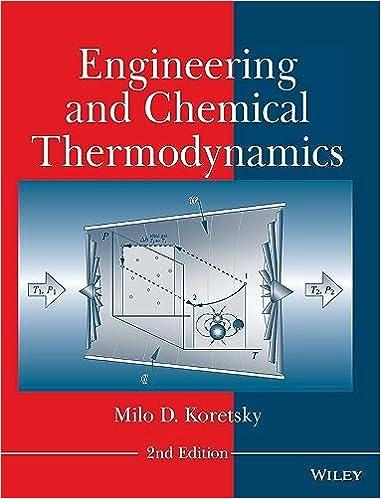Magnetic refrigeration cycles can be used to achieve supercold temperatures. They typically operate between a hot reservoir
Question:
Magnetic refrigeration cycles can be used to achieve supercold temperatures. They typically operate between a “hot” reservoir at liquid helium temperature (4.4 K) and a cold reservoir at very low temperature (as low as 0.0065 K). One confi guration consists of a paramagnetic working material, such as gadolinium gallium garnet (GGG) or ferric ammonium alum (FAU), in the form of a rim of a wheel. The wheel is rotated between the high-temperature (4.4 K!)
reservoir and the low-temperature reservoir. In the high-temperature reservoir, the working material expels heat as it is subjected to a large magnetic fi eld (7 tesla). As the working material is rotated into the low-temperature reservoir, the fi eld slowly becomes smaller and eventually zero. This demagnetization process may be assumed to be adiabatic and reversible. As the working material demagnetizes, it cools off. When the working material is then exposed to a low-temperature reservoir, it absorbs heat. From a molecular basis, explain how adiabatic demagnetization cools the working material.
Step by Step Answer:






